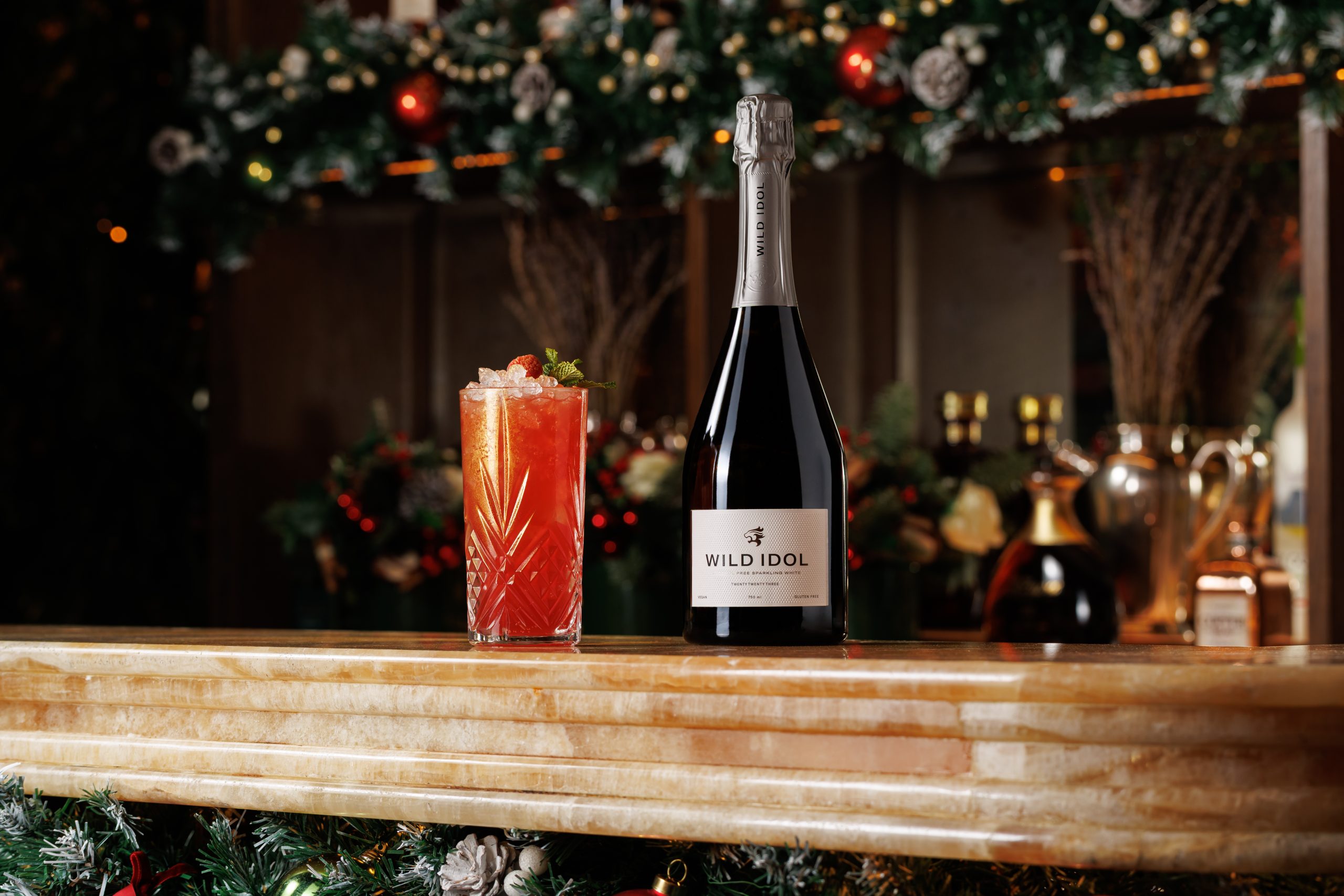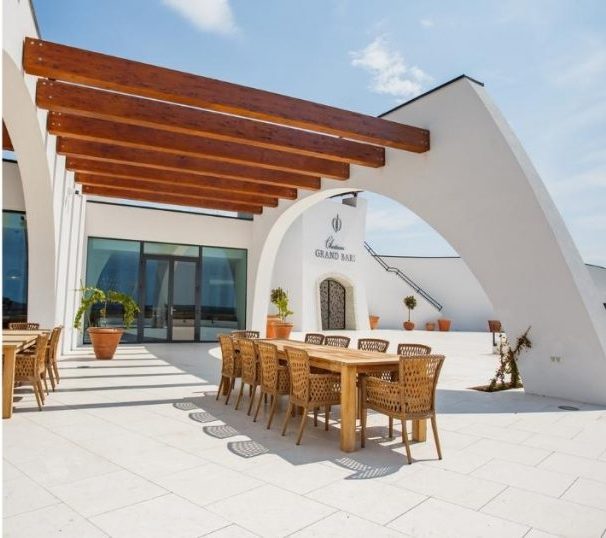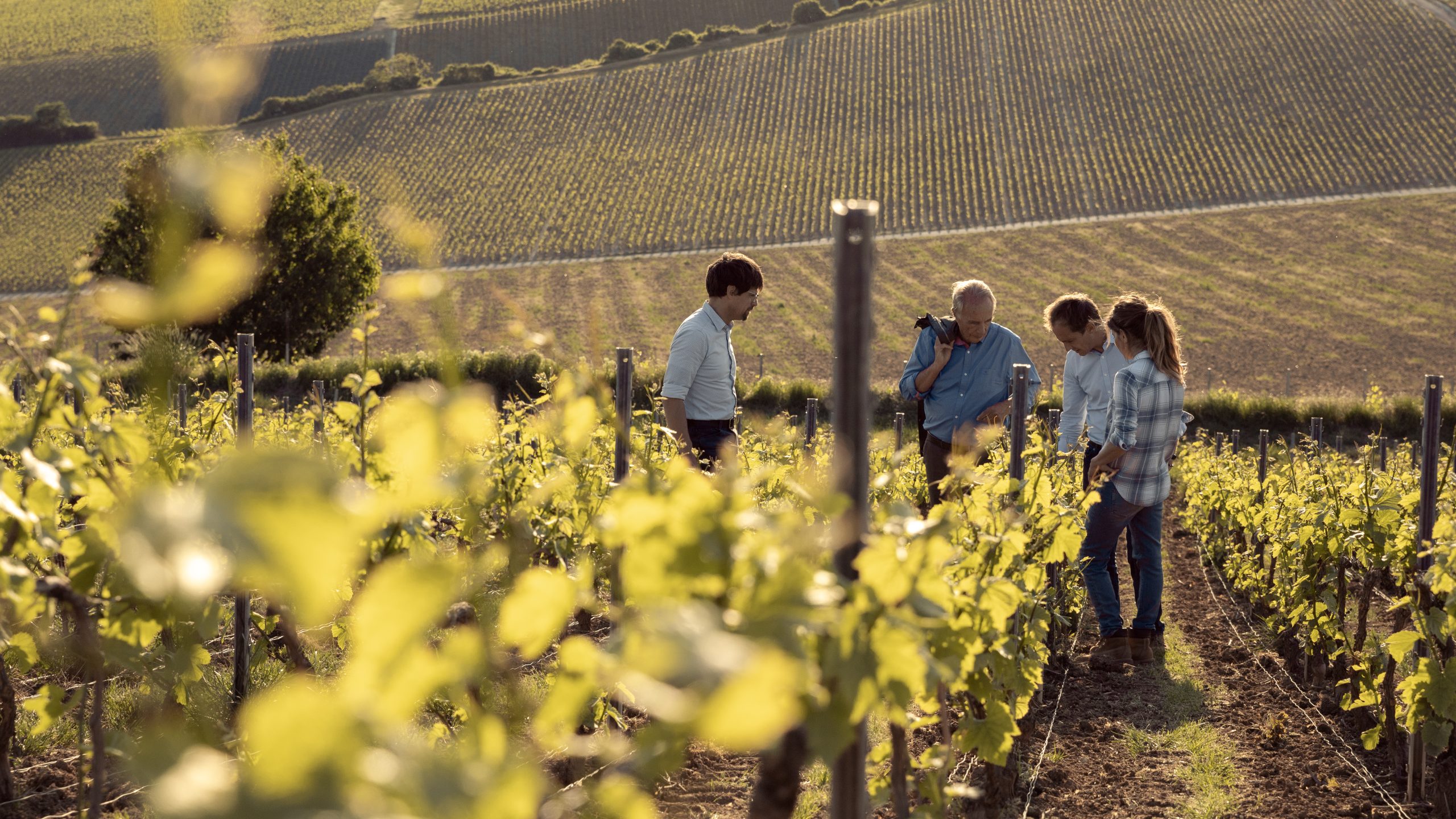An experimental white Noir Pinot from Central Otago is turning heads
However strong their quality credentials, some wines attract attention for their curiosity value as much as anything else – and that’s certainly going to be the case if you decide to make a white Pinot Noir in Central Otago. Richard Woodard investigates.
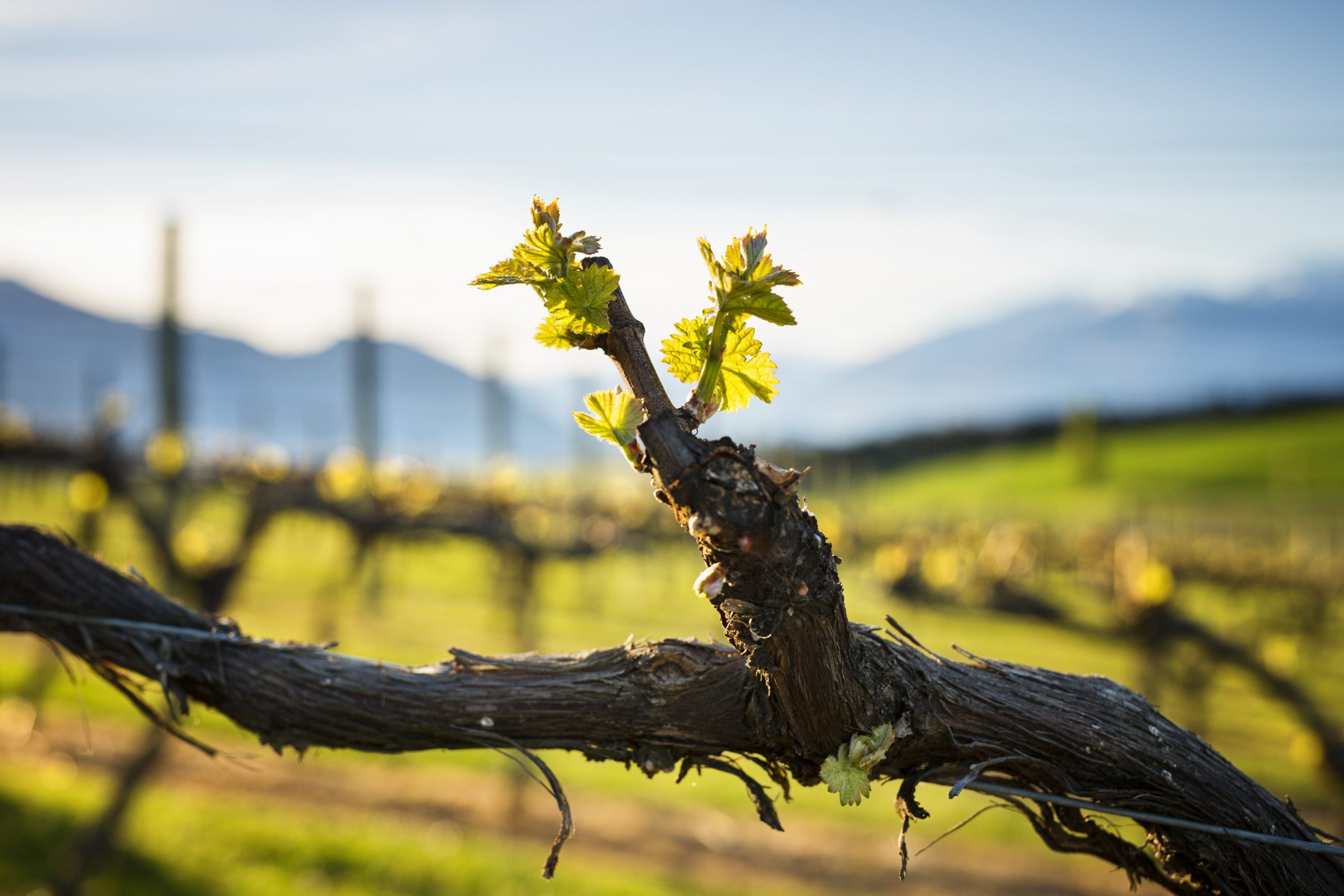
Akitu’s flagship wine remains its conventional red A1 Pinot Noir, accompanied by the more approachable and generous A2 – but, however tiny its production may be (270 cases for the 2021 vintage), the winery’s Pinot Noir Blanc is guaranteed to turn a few heads.
It’s a wine that, according to Akitu winemaker PJ Charteris, owes its existence mainly to founder/owner Andrew Donaldson’s “dogged persistence that there was another approach”, although it was also partly inspired by an example of the style from the Ahr in Germany.
The colour of the wine is disarmingly pale, but in any case the intention is emphatically not to jump aboard the already overladen rosé bandwagon. “I look at so many rosés and think: ‘Jeez, there’s so many better things to do with grapes than make wish-wash,” says Charteris.
“It’s a white wine,” adds Donaldson, “because the intention is to have no skin contact. We can’t do that completely, but the intention isn’t to give it enough skin contact to give it a rosé colour.”
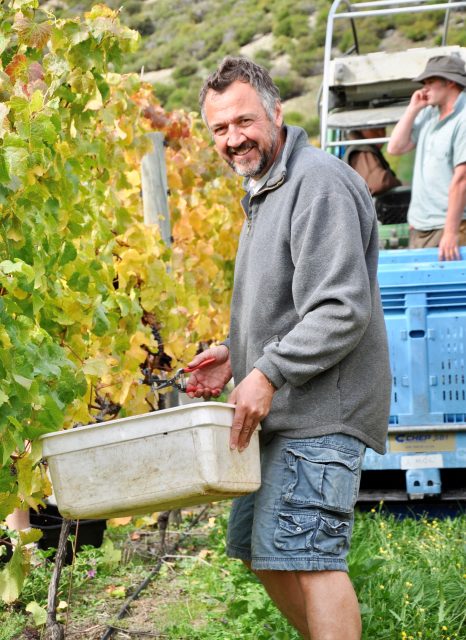
Donaldson also describes the 2021 vintage as a “substantial step up”. Charteris has focused on “broadening the shoulders of the wine” and adding complexity: cloudy juice, plenty of lees volume, taking a slightly heavier pressing fraction and sending that wine off into used barrels for malolactic fermentation.
The latter is not a huge part of the wine – about 15% in 2021 – but “a little goes a long way”, says Charteris. And, more generally on the subject of malolactic fermentation, he adds: “Malo in Australia became such a dirty word, but when you’re in a cool climate, it’s one of those things that’s crucial to get.”
It’s a wine that is also a work in progress. “It’s something that I’m surprised more people haven’t been doing,” says Charteris. “I would like to think that there’s a further evolution [to come] with that … We’re taking small steps to begin with. We know we’ve got the building blocks and the opportunity to add more, which is exciting.”
The new vintage for A1 and A2 is 2019 and, after the heat of the 2018 harvest – “the most extraordinary summer we’ve ever seen”, says Donaldson – 2019 proved to be a very different affair, including a “barely average” summer and problematic weather conditions.
“We’ve seen this consistent trend where if we have a cool spring, we have a cool summer,” says Charteris. “Those cool springs tend to result in poor flowering, which results in low yields. In a cool year, that’s a good thing because a big yield wouldn’t get ripe.”
The resultant wines from 2019 (in some ways similar to 2017) “have a depth and core and concentration that really belies the season”, he adds. “In terms of trying to extract more and build more, we’re really at the mercy of what the vineyard throws at us.”
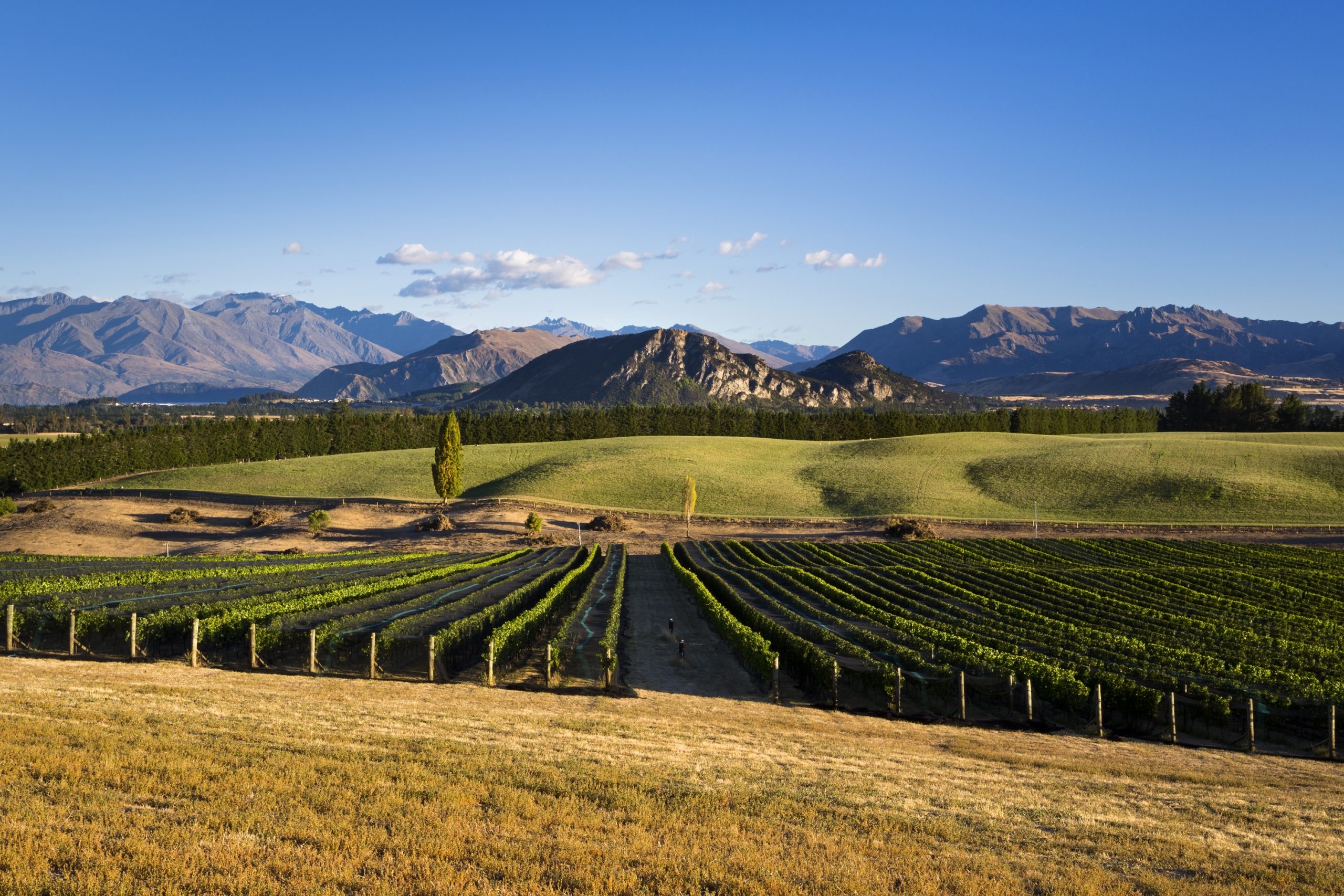
Partner Content
If malo is a winemaking talking point for Akitu’s Pinot Noir Blanc, here it’s the use of whole cluster fermentation. For A2, the proportion is usually 20-25%, but in 2019, that rose to 35%. For Charteris, it gives a spicy note on the finish, and is a useful way to build structure and longevity. “In cooler years, you don’t get that from the skins, so it becomes very important.”
That’s particularly true when the vineyard is in as marginal a location as Akitu, at 380m altitude, slap up against the mountains on the planet’s southernmost wine region, and when, even over the past three or four years, there has been a marked increase in weather variation.
“The vines seem to be able to shrug off weather events that cause us concern,” says Donaldson, while Charteris adds:
“It’s a really prominent topic at the moment to look at vineyard resilience … Akitu is on the verge of existence in many years – I’m still astounded every year by the vineyard’s ability to deliver.”
Returning to whole bunch, Charteris believes winemakers in the Rhône and Burgundy are “at peace and at ease” with the technique, adding: “In the New World it’s become a fashionable thing. Whole bunch isn’t so much of a conversation around winemakers’ dinner tables in New Zealand any more, whereas in Australia people are obsessed.”
The key to its successful use, Charteris believes, is maturity in the vineyard. “I had a real epiphany moment in 2013, where for the first time in Central Otago I walked into a vineyard and, from one day to the next day, I could see a change in tannins.”
Over-use it, he says, and the result is “a wall of tannin”.
The overarching philosophy is to create a wine that, like some Burgundies, may be tight when young, but blossoms with perfume and spice after five years or more. This longer-term approach is also reflected in having the A1 and A2 tag-team – two Pinot Noirs with different characters and aims.
While A2 is “intentionally approachable and generous”, says Donaldson, A1 is “just as intentionally about structure and detail”. Charteris adds: “We’ve got more confidence in building these wines for longevity.
“Maybe because we have the A2, we can really focus in and build a wine that we anticipate is going to turn into something special in time. So much New World Pinot Noir has all this care and attention, and gets drunk 48 hours after leaving the shop. We’re looking beyond the horizon.”
Akitu’s wines are distributed in the UK by Mentzendorff. Akitu A1 Pinot Noir 2019 is due for release in early February (RSP £42), while Akitu A2 Pinot Noir 2019 (£30) and Akitu Pinot Noir Blanc 2021 (£30) will replace current vintages, probably in the spring.
Related news
Strong peak trading to boost Naked Wines' year profitability

